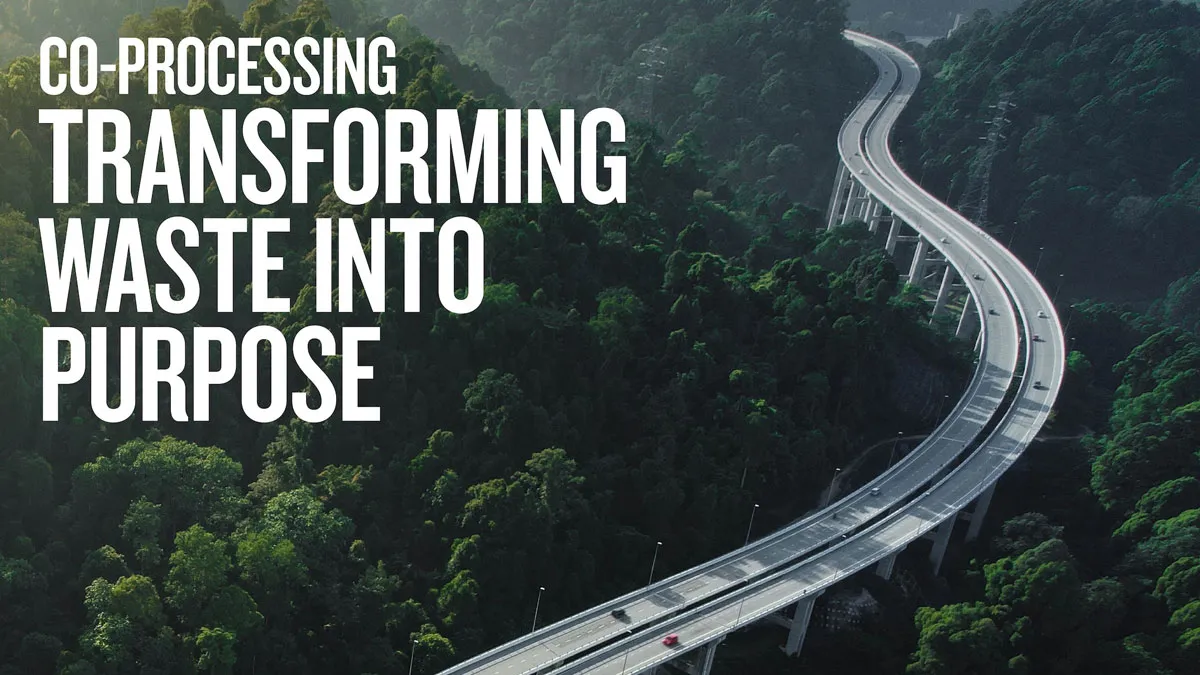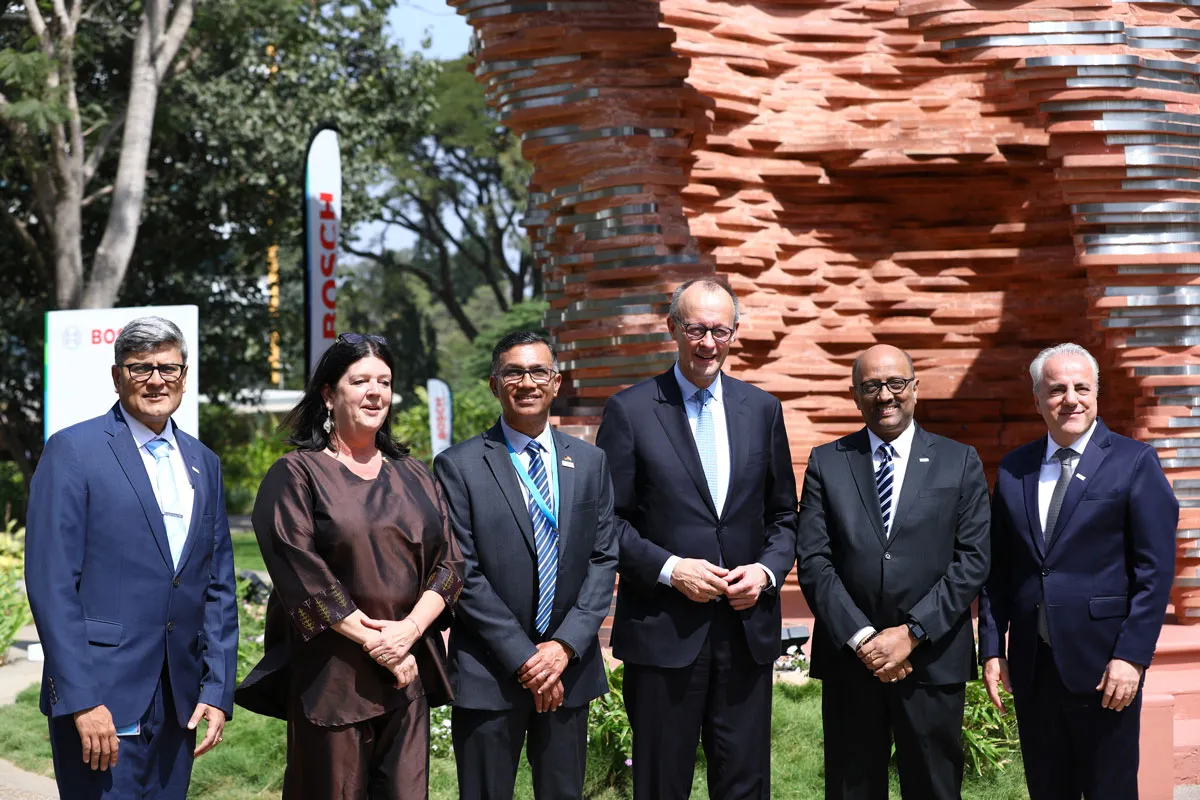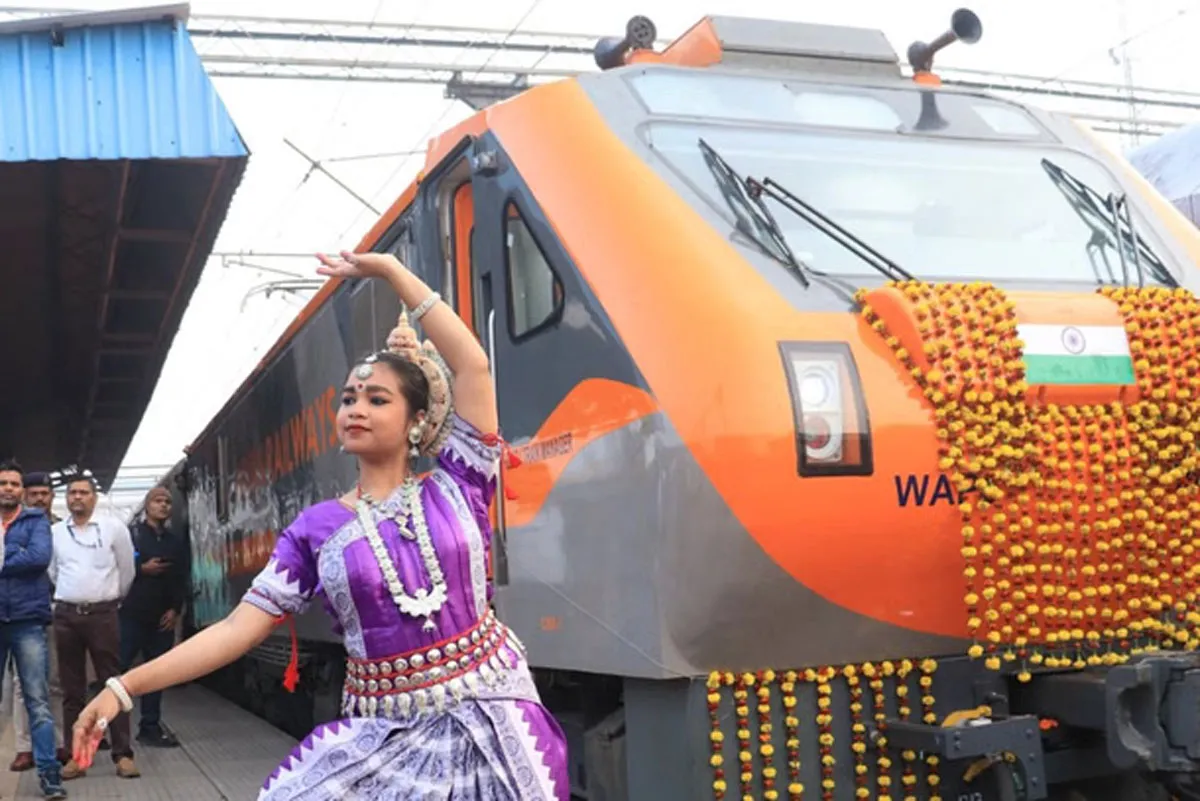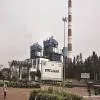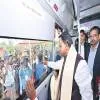In the next in a series of interviews with prominent civil engineers,
JANAKI KRISHNAMOORTHI speaks to
Mahendra Gupta, Engineer-in-Chief, Madhya Pradesh Rural Road Development Authority (MPRRDA), Bhopal.
Creating quality infrastructure is his passion; and building roads his strong suit. Meet Mahendra Gupta, Engineer-in-Chief, Madhya Pradesh Rural Road Development Authority (MPRRDA), who has supervised the construction of 50,000 km of roads in the past 12 years, with another 15,000 km underway. All these roads in the rural areas of Madhya Pradesh (some of them now in Chhattisgarh) have been built in remote regions and amid tricky terrain. Developed under the Pradhan Mantri Gram Sadak Yojana (PMGSY), they provide road connectivity in areas with a population of 500 and above in the plains and 250 and above in hilly, tribal and desert areas.
When Gupta joined MPRRDA as general manager of its Project Implementation Unit (PIU), he was assigned four districts in the Rewa division (Sidhi, Satna, Shadol and Umaria) in Madhya Pradesh and given the responsibility of preparing the core network and total planning of the roads in these districts under PMGSY. "These roads built under PMGSY have had such a great impact on the lives of villagers that many of them are now coming forward to give their land free of cost to build them," says the 54-year-old, who is in charge of all the projects under PMGSY in the state. "They are now able to transport agricultural products, vegetables, milk, etc, to the market directly without any middlemen. Health and education facilities have also improved and the villagers are very happy."
Gupta has also been involved in the construction of bridges, low-cost housing, government quarters and other public buildings in rural areas. He has constructed residential quarters for government employees as well as schools, hostels, healthcare centres and anganwadis in Bastar district (now in Chhattisgarh). What's more, he had undertaken composite residential-cum-livelihood projects for BPL families in the rural areas of Sidhi and Sarguja districts, which are now in Chhattisgarh.
"Whether building bridges, roads or homes, a civil engineer has to look ahead, envisaging the need of users for 100 years, apart from building them to last that long," maintains Gupta, whose father was a construction contractor. "This requires meticulous planning, but in India the government does not grant that kind of time for planning. So it is always a challenge to do quality work within the time and other constraints." The constant exposure to construction activity through his father's projects and his own desire to create quality infrastructure impelled him to opt for civil engineering. The rural engineering expert now shares his views and experiences on the engineering and construction scenario in rural areas....
Contracting constraints
Madhya Pradesh was sanctioned around 63,000 km of roads under PMGSY and we have completed about 52,000 km to date. The balance work will be completed in March 2014. Finding contractors to undertake the project has been a major challenge. We had difficulty getting sufficient local contractors. Those within the state have very limited capacity and lack the management skills to control manpower, material and money. So, to get contractors from other states, we had to organise contractor's meets at places like Jaipur, Udaipur, Nagpur, Allahabad and Ahmedabad and motivate them to undertake the roadwork extending far and wide, often into remote areas and of small length ranging from 1 km to 10 km. Later, we also began training local contractors at various institutes to improve their skills. Big contractors are generally not interested in such rural projects owing to low volume of work. If road projects are clubbed with the construction of warehouses, poultry farms, fisheries and dairy farms, it may attract big players.
Pledged performance
Poor quality is a common problem with any construction work as the contractor always tries to earn maximum profit from his projects. However, in PMGSY projects, we have introduced the five-year maintenance and performance guarantee whereby the contractor who builds the road also has to maintain it for five years. This has made the contractor more quality conscious. This model is being followed in all PMGSY projects in India. In Madhya Pradesh, we have gone further by appointing contractors for maintenance of PMGSY roads for the subsequent five years also on the state budget; this has worked well for us. So for 10 years, we need not worry about our roads. Our initiative has been lauded by the National Rural Roads Development Agency, the World Bank and the Asian Development Bank, who are now trying to implement this model for all PMGSY projects in India. I believe this procedure should be adopted for all the roads in the country, both in urban and rural areas, to ensure quality roads.
Technology take
PMGSY is very open to adopting new technologies in road construction. We are constructing engineered gravel roads. We are also using chip bitumen sealing over these roads and experimenting with materials like jute geotextile as well as coir mixed with earth.
Track record: Mahendra Kumar Gupta
Academic
? BE (Civil) from Government Engineering College, Rewa (1979)
? Attended a one-month Planning and Management of Rural Development Programme at Bangkok (Thailand) and Birmingham (UK) and two-week Rural Road Construction
? Technique Study at Melbourne University of Australia
Professional
? July 1979 - September 1979: Assistant Engineer, Bridge Corporation of Madhya Pradesh
? Sept 1979 - May 1981: Ad-Hoc Assistant Engineer, Irrigation Department of Madhya Pradesh
? May 1981: Appointed as Assistant Engineer through Madhya Pradesh Public Service Commission for Rural Engineering Services (RES)
? May 1981 - December 1986: Sub-Divisional Officer (SDO), RES, Sidhi, Madhya Pradesh
? December 1986 - June 1988: SDO, RES, Baikunthpur
Surguja district
? June 1988 - June 1995: Executive Engineer (EE), RES, Bastar (now in Chhattisgarh)
? June 1995 - October 1995:EE, RES Sagar, Madhya Pradesh
? October 1995 - February 1996: Superintending Engineer (SE), RES, Development Commissioner Office, Bhopal
? February 1996 -July 2000 : SE, RES Circle, Bhopal
? July 2000 - Dec 2000 : SE, RES, Bilaspur
? December 2000 - November 2001 : SE, RES, Rewa, and General Manager (GM), Project Implementation Unit, Madhya Pradesh Rural Road Development Authority (MPRRDA), Rewa
? December 2001 - July 2003: General Manager (Technical), MPRRDA, Bhopal
? July 2003 - July 2009: Chief Engineer, RES and Chief General Manager, MPRRDA, Bhopal
? August 2009 to date: Engineer-in-Chief, MPRRDA, Bhopal
Challenging projects
Project: Residential quarters and poultry farm for BPL families in Patulkhi Sidhi district, Madhya Pradesh
Period: 1984-1985
Cost: Rs 20 lakh
Client: Madhya Pradesh government
Background: This was a composite project aimed at providing residential accommodation and livelihood opportunity to homeless and landless BPL tribal families. The house and poultry farm was constructed at the same site for 25 families with all facilities like power, drinking water and roads.
Unique features: The house and farm were designed according to the requirement of the families. Everything from the kitchen and farm to the toilet was designed after inviting their suggestions. Some family members were also involved in building their homes as they were provided employment at the site.
Challenges: It was a herculean task to move the families from different locations to come and live together in one place. "Tribal families are habituated to living separately in isolated pockets, which made it very difficult for the government to provide them infrastructural amenities," says Gupta. "Hence, this attempt was made to bring them together in one place. But it was not an easy task. We had to educate them over a period of time and convince them of the benefits before they were ready to move."
Project: Residential quarters for government employees and other public utility buildings in Bastar district (now in Chhattisgarh)
Period: 1987-1990
Cost: Around Rs 6 crore
Client: Madhya Pradesh government
Background: This project included the construction of 2,000 different structures like residential quarters for government employees, schools and hostels for tribal students, primary healthcare centres, anganwadis, etc.
Challenges: Bastar district with 32 blocks was then one of the largest districts in India with an area larger than the state of Kerala. "It was a great challenge to handle this project comprising different type of buildings spread across the large district and in remote tribal areas," says Gupta, who was then executive engineer, RES, Bastar (Jagdalpur). ôBeing a backward area, there were no skilled workers or masons available who could build RCC buildings. So we had to train the local workers. We also had to prepare detailed building drawings to make it easy for the project contractor and labourers to execute." There was considerable anxiety too as Bastar at the time was a Naxalite-affected district. "This was another challenge," he adds. "We adopted very fair trade practices to ensure there were no problems. As a result, some of the Naxals were even cooperating with us and fortunately there was no untoward incident."
Project: Construction of roads with culverts and bridges in Rewa under PMGSY
Period: 2000-2001
Cost: Rs 12.5 crore
Client: Madhya Pradesh government
Background: The project involved the construction of 67 roads of 27.70 km along with culverts and bridges. Spread across two districts in Rewa division, it provided total connectivity to the areas involved.
Unique features: The project had many firsts. It was one of the first rural roads to be built with bitumen in Madhya Pradesh. "Until then, all the rural roads were constructed with gravel and murram," says Gupta. "This was the first black top road and the first project where we introduced the five-year maintenance and performance guarantee clause in the contract. It was also the first project taken up by me under PMGSY."
Challenges: Finding a contractor proved a big challenge as contractors were hesitant to take up the work owing to the performance guarantee clause. "We had to motivate contractors and float tenders thrice before we could get one," reveals Gupta.
To share your engineering experiences with us, write in at feedback@ASAPPmedia.com
